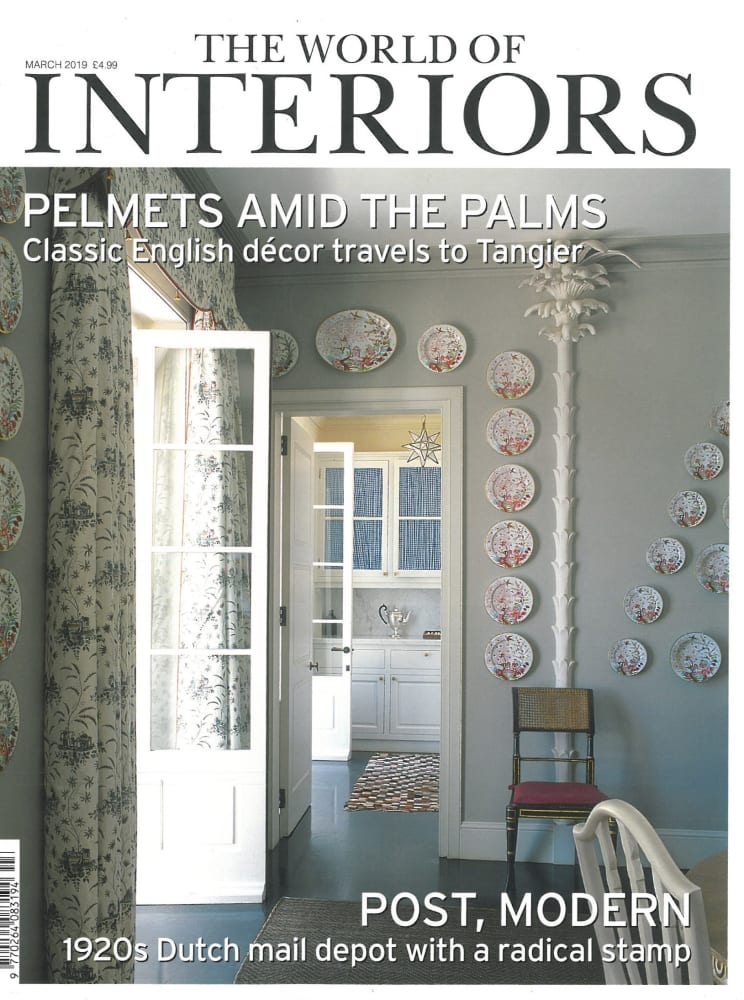In a journal which she kept for just one year - in a standard office desk-diary from WH Smith started on New Year's Day, 1986, when she was nearly 64 - the renowned self-taught painter Mary Newcomb (1922 - 2008) drew and articulated her responses to life with characteristic freshness and humour. These diary entries, in the form of both drawings and poetic notions, are the scaffolding of a book that beautifully illustrates Newcomb's many paintings and sketches of rural Suffolk, as well as those she made on journeys to places such as Orkney, the French Riviera, Wales and Guernsey. In one pointed remark in her journal, she wrote 'The country is companionable. Towns are not'; in another she set out what might be taken as her credo (though this is too ponderous a term for such an unassuming artist: 'I am just trying to say something about peace and calm and space round oneself'.
In an elegant introductory essay, William Packer stresses that 'the diary is not, of itself, the subject of this book', but rather that it affords 'us this fleeting, fragmentary, sometimes tantalising... annotation to a working life through one brief period in a long career', bringing 'us close to Mary Newcomb the artist, in all her idiosyncratic subtlety and innocent sophistication'. He pointed out that she 'came into her vocation as an artist comparatively late', and that her precise renderings of birds and animals, the minutiae of nature, had roots both in her early field studies as a natural scientist and her early married life running a small mixed farm in Norfolk (close to the Suffolk border) with her husband, the potter Godfrey Newcomb. Writings here by Mary's daughter, the artist Tessa Newcomb, afford intimate, telling insights into her mothers' intuitive artistry. She recalled Mary saying the great Cornish painter Alfred Wallis, former mariner and naïf, 'painted from his knowledge, the painting flat on his lap, like a map that he travelled around'; likewise, Mary 'would often talk about the paths through [her own] paintings, the passages, the making of space within them.'
Newcomb's singularity of insight, so evident in these diary entries and her paintings - the 'carrot man' observed in the Fens with dashingly orange, feathery-topped vegetables, 'on the back of the man's bicycle'; a suitably austere drawing of 'leaves pulled in by worms at the coal shed door'; ladies wrestling; 'hoers going home'; pristine white goats in a festival tent with 'fresh food arriving' for them - resonates throughout her art. Tessa Newcomb remarks that in 'Mary's paintings the plants and flowers are often bigger than the people, as it they carry the story and people carry them'.
In a typically proportion-defying painting of A Flock of Goldfinches Dispersing (1993-95) against a vibrant gold sky, Newcomb's poetic expressionism is at its most visionary. As she wrote in her diary: 'In the end I think it is the goldfinches who have played the greatest part - and the sun - the sun and the goldfinches'.
Published in The World of Interiors, 2019. © The Condé Nast Publications Ltd



